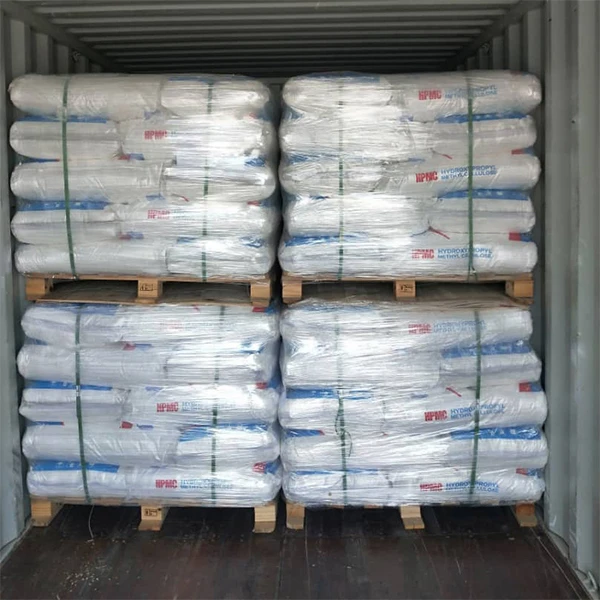The Versatile World of Cellulose Polymer An Overview
Cellulose, a polysaccharide consisting of a linear chain of glucose molecules, is one of the most abundant organic polymers on Earth. It is primarily found in the cell walls of plants, providing structural support and rigidity. With the growing interest in sustainable materials and eco-friendly products, cellulose polymers have emerged as a focal point in various industries, including textiles, food, pharmaceuticals, and bioplastics. This article explores the properties, applications, and future prospects of cellulose polymers.
Properties of Cellulose Polymers
Cellulose has unique properties that make it an attractive material for numerous applications. It is biodegradable, non-toxic, and renewable, derived from plant sources such as cotton, wood, and hemp. One of its notable characteristics is its hydrophilicity, or affinity for water, which allows cellulose polymers to interact favorably with both organic and inorganic compounds. Moreover, cellulose exhibits high tensile strength, making it suitable for applications requiring durability.
Cellulose can be chemically modified to produce derivatives such as carboxymethyl cellulose (CMC), hydroxypropyl cellulose (HPC), and cellulose acetate. These derivatives inherit the favorable properties of cellulose while allowing for tailored applications—enhancing solubility, viscosity, and film-forming abilities.
Applications of Cellulose Polymers
1. Textiles In the textile industry, cellulose is vital for the production of natural fibers like cotton, linen, and rayon. Rayon, a regenerated cellulose fiber, is favored for its breathability and moisture-absorbent properties, making it ideal for clothing. Advances in cellulose processing technologies have led to the development of sustainable fabrics that are both biodegradable and environmentally friendly.
2. Food Industry Cellulose polymers play a crucial role as food additives. They are used to enhance texture, improve moisture retention, and act as thickeners in various food products. CMC, for instance, is commonly used in ice cream to prevent crystal formation and maintain creaminess without adding fat. Cellulose is also utilized in low-calorie products as a dietary fiber supplement, contributing to health and well-being.
'cellulose polymer'

3. Pharmaceuticals The pharmaceutical sector leverages cellulose polymers for their exceptional binding and coating properties. Hydroxypropyl methylcellulose (HPMC) is frequently employed in the formulation of tablets and capsules, improving drug delivery and stability. Their biodegradable nature also makes cellulose polymers an excellent choice for developing controlled-release drug formulations.
4. Bioplastics With the urgent need to reduce plastic waste, cellulose polymers have gained attention in the development of bioplastics. These biodegradable alternatives to petroleum-based plastics are derived from renewable resources and can help alleviate environmental concerns associated with traditional plastic products. By incorporating cellulose into plastic composites, manufacturers can enhance the mechanical properties and biodegradability of the final product.
Future Prospects
The future of cellulose polymers is promising as researchers continue to explore innovative applications and modifications. Advances in nanotechnology have led to the development of nanocellulose, which exhibits superior strength and unique optical properties, opening up new avenues in electronics, packaging, and biodegradable composites.
Moreover, governments and organizations are increasingly recognizing the importance of sustainable materials, driving investments and research into cellulose-based products. This trend is expected to further boost the market for cellulose polymers, paving the way for eco-friendlier solutions in various sectors.
Conclusion
Cellulose polymers represent a remarkable intersection of nature and technology, offering a sustainable alternative to many synthetic materials. As we continue to confront environmental challenges, the potential of cellulose and its derivatives cannot be underestimated. With their versatile properties and broad range of applications, cellulose polymers are poised to play a significant role in shaping a sustainable future. Whether in textiles, food, pharmaceuticals, or bioplastics, the promise of cellulose is only just beginning to unfold.
-
Rdp Powder: Key Considerations for Wholesalers in the Building Materials IndustryNewsJul.08,2025
-
Key Considerations for Wholesalers: Navigating the World of Hpmc - Based ProductsNewsJul.08,2025
-
Hpmc Detergent: Key Considerations for WholesalersNewsJul.08,2025
-
Key Considerations for Wholesalers: China Hpmc For Tile Adhesive, Coating Additives, Concrete Additives, and MoreNewsJul.08,2025
-
Crucial Considerations for Wholesalers: Navigating the World of Construction MaterialsNewsJul.08,2025
-
Key Considerations for Wholesalers Sourcing Additive For Cement, Additive For Concrete, Additive For Putty from Additive Manufacturer Shijiazhuang Gaocheng District Yongfeng Cellulose Co., Ltd.NewsJul.08,2025




